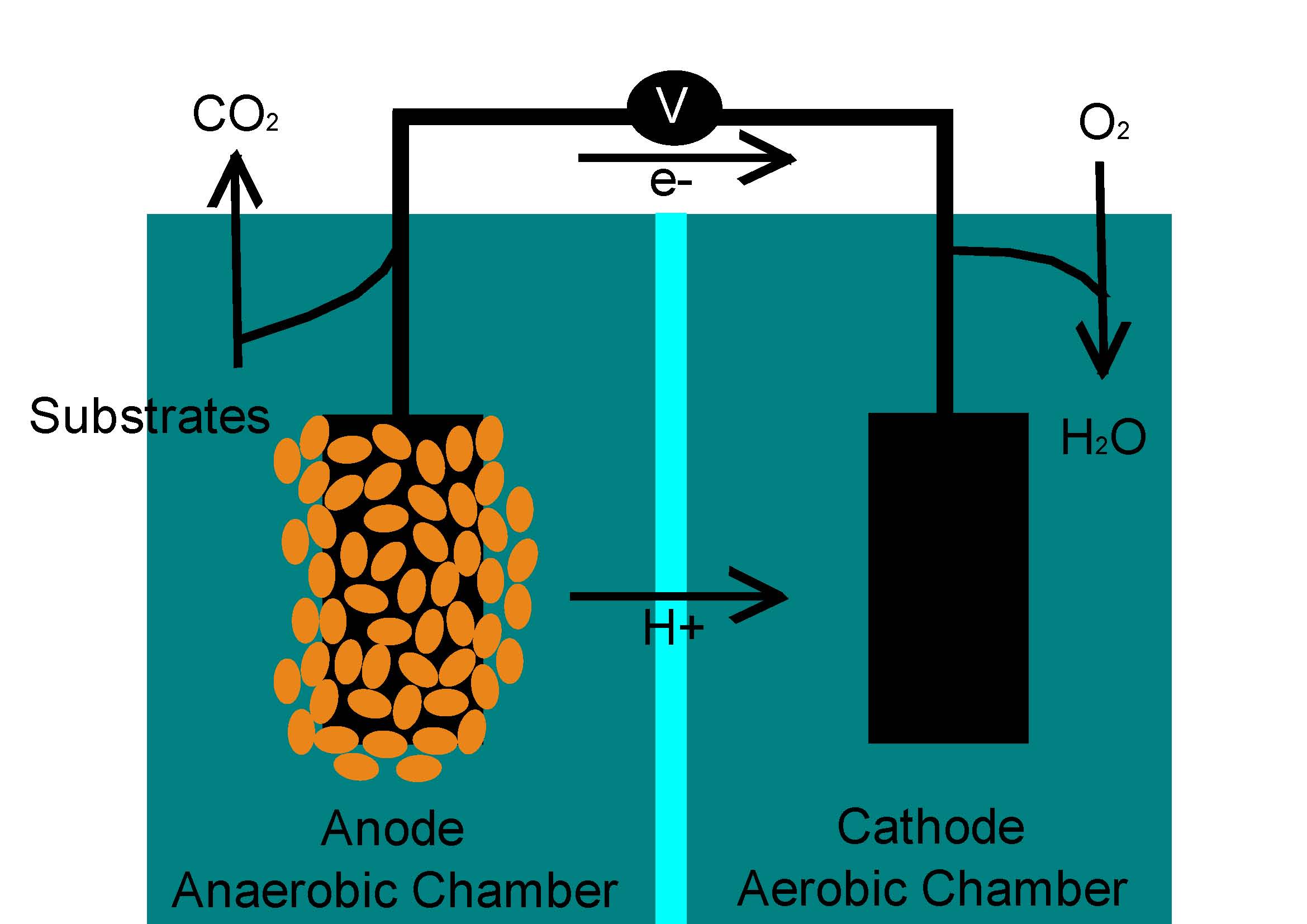About This Project
Lead acetate (Pb2+) is a highly poisonous compound causing permanent developmental disorders and organ failure. The goal of this project is to design and build a self-sustaining and cost-effective lead chemical decomposer, known as an "electrolyser" using bioelectricity generated from a microbial fuel cell (MFC). Electrons produced during microbial metabolism will be harnessed and channelled through a contaminated chamber of the cell, thus reducing the compound to a less toxic state - Pb metal.
Ask the Scientists
Join The DiscussionWhat is the context of this research?
Electrolysis is a highly effective method of lead remediation, in which soluble lead acetate ions are chemically decomposed into insoluble lead metal when an electrical current is passed through the solution. This allows the insoluble lead produced to be harvested for further use. There have been reports for about 100% conversion of the ions into insoluble lead. Other current directions of MFC research involve bacteria adsorption, and microbial absorption.
However, electricity used for electrolysis is primarily derived from fossil fuels, ultimately contributing to global warming and environmental damage. Microbial fuel cells can potentially create a self-powered electrolysis system by harnessing the electricity required for electrolysis from bacteria.
What is the significance of this project?
Lead poisoning causes over 143,000 deaths per year, and over 600,000 cases of child intellectual disabilities according to the World Health Organization. Even at low levels of exposure, lead can reduce cognitive ability, and affect attention processing in humans and wildlife. Additionally, lead can induce death and exhaustion in aquatic life if not properly treated from wastewater.
By building an MFC that generates the electricity needed for electrolysis, we can reduce the toxicity of lead acetate in a much more sustainable and cost-efficient way. This innovation can easily be implemented into our current wastewater treatment plants if successful results are observed. Additionally, in underdeveloped areas, this system can be used to purify and improve access to clean water.
What are the goals of the project?
The main goal of this project is to design a self-powered electrolysis system based on a MFC. A circuit will force electrons harnessed from bacterial metabolism to be transferred through the contaminated cathode chamber, thus electrolysing the lead. Because lead acetate is only converted into insoluble lead during electrolysis, samples of the cathode will be transferred to the anode chamber containing the soil bacteria. The microbes will "absorb" the metal, completely remediating the compound.
Throughout the experiment, power densities and lead concentrations will be monitored. The assays will ultimately prove that microbes are growing, and that lead is being reduced in the system. Electrodes placed in the cathode chamber will be examined microscopically to identify the insoluble lead.
Budget
As a high school student, it is often difficult to access much funding essential for the completion of scientific inquiries. Your kind donations received will be used as mentioned below.
Microbial fuel cell construction equipment will be used to support the specific growing conditions required for MFC bacteria by creating incubated anaerobic environments, etc.
Platinum Carbon Cloth (Cathode and Anode Electrode). This will facilitate electron harness and create a functional circuit.
Laboratory Supplies (e.g. petri dishes and microbial growth medias) in order to culture bacteria in required nutritional conditions, etc.
Bacteria growing in MFCs will be cultured on agar dishes, and the largest colonies will be identified via biochemical methods. Kits will be used from Sigma-Aldrich for enzyme confirmation assays.
Lead Chemical Test Kit (Abotex 100-Reactions): Lead testing will be used to determine lead concentrations using a sulphide-lead acetate reaction, resulting in a black colour.
Meet the Team
Yimeng Li
Science is one of my biggest passions. After learning about heavy metal pollution and the potential of bacteria to remediate this problem, I became intrigued with microbiology. Last year I had the privilege of attending the district and regional science fair winning a gold medal for my project on nanomedicine. Later on, I represented my province at the national science fair. This is currently my second major science project, and I am very excited to begin!
Additional Information
What is electrolysis? In the proposed self-sustaining electrolysis system, electrons will flow through the cathode chamber via the two electrodes placed in the anode and cathode chambers. This will cause the lead acetate to become chemically decomposed into insoluble lead. The insoluble lead will stick to the cathode electrode as long as the chamber remains free of oxygen (otherwise it will return back into the solution).
Project Backers
- 0Backers
- 0%Funded
- $0Total Donations
- $0Average Donation


